Brexit: Charting a route through confusion: what could happen next
What happens in next week’s withdrawal deliberations on Brexit is loooking even more confused than this week.
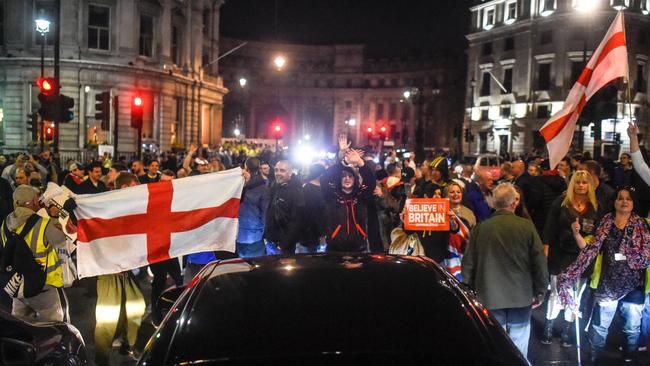
Even before the tellers had taken up their position to announce the third defeat for Prime Minister Theresa May’s deal on Friday afternoon local time, Downing Street had privately bowed to the inevitable.
“Next week is going to be even crazier than this week,” one aide predicted before the result was known.
That is quite a high bar — but the aide was almost certainly correct. So what are the scenarios that could unfold. How do we get there and in what time frame?
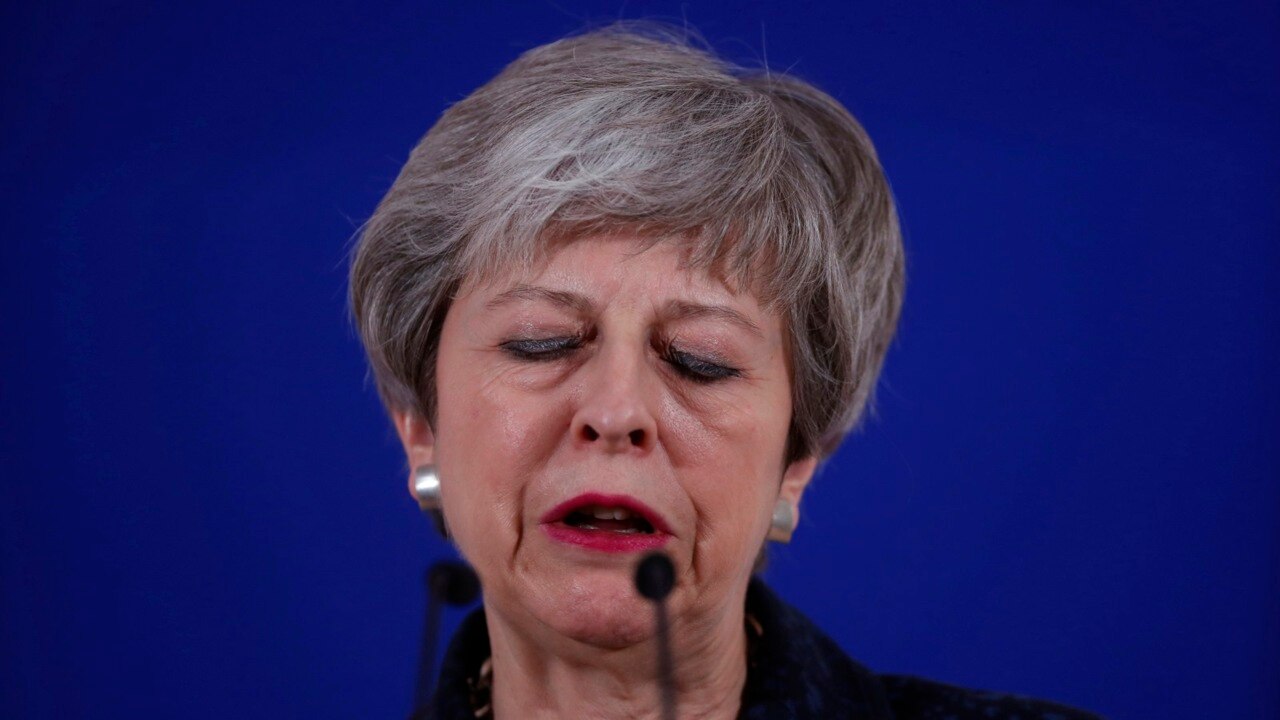
PARLIAMENT TRIES TO IMPOSE A SOFTER BREXIT
This is the most immediate risk to Mrs May. On Monday MPs will again seize control of the House of Commons timetable to vote on alternatives to her deal. Last time round there was no majority for any single option but there is reason to think this may change next week.
On Wednesday a proposal by Ken Clarke, the former chancellor (treasurer), for Britain to remain in a customs union with the EU was defeated by six votes with more than 80 abstentions.
Momentum is growing behind a proposal to keep the UK in both a customs union and the single market. It was defeated by 94 votes last week but the opposition Labour Party failed to whip its MPs to support it and the Scottish National Party and Democratic Unionist Party abstained.
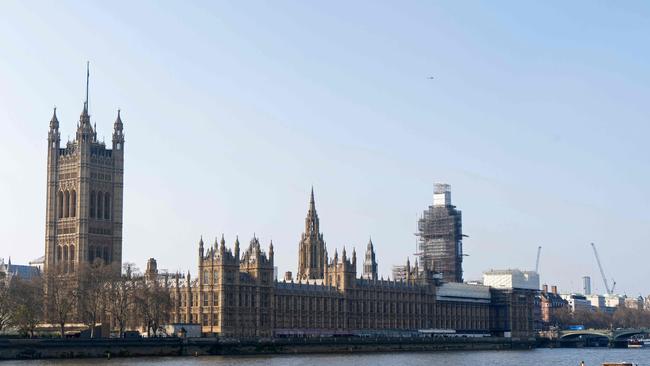
There were signs on Friday that the 35 MPs in the SNP would vote in favour next week and possibly the DUP. That would put pressure on the Labour leadership to swing behind the plan — that is broadly similar to their proposals anyway.
Over the weekend and on Monday all sides are preparing for horse trading and positions are shifting. At the moment it looks likely that at least one alternative option will get over the line.
If more than one option gets a majority, MPs will need to decide whether to hold a run-off or whether the option that won the most support goes through. Sir Oliver Letwin, who spearheaded the process, has suggested that he will then move to take control of the parliamentary timetable on Wednesday and allow MPs to pass a bill compelling the government to go to the EU and negotiate including the chosen option within the political declaration.
The EU has said it is willing discuss either of the top two options.
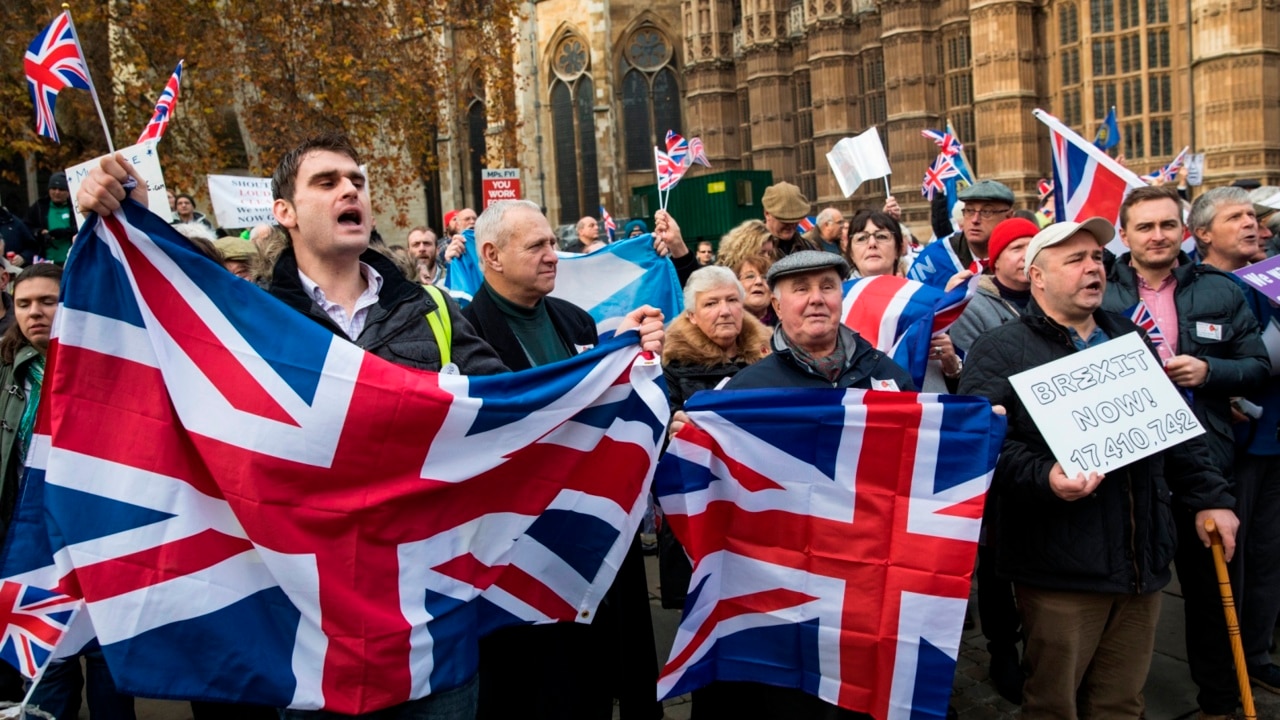
MAY HAS ANOTHER GO AGAINST A SOFTER BREXIT
To an outsider, it might seem logical for the Prime Minister to accept the will of MPs and back whatever type of Brexit can command a majority in the Commons. But Mrs May is very unlikely to do this because it would trigger the break up of the Conservative Party.
At least 100 Tory MPs would never compromise on the issue of a customs union alone and it is hard to see the party surviving in its current form if the Prime Minister switched tack.
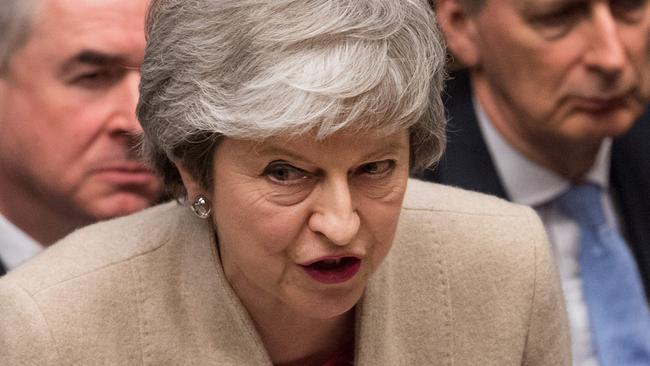
So a tentative plan being discussed in Downing Street is to have a fourth shot at a so-called meaningful vote — pitting Mrs May’s deal against the most popular alternative.
The hope would be that, when forced to choose between a softer Brexit and the Prime Minister’s deal, the remaining Brexiteers would fall in line behind the government for fear of something worse. The pill would be sugared for Labour MPs in Leave seats by accepting an amendment that would give parliament a greater say in the negotiations about future relations after Britain has left.
At the same time the Prime Minister would hold out the prospect of going to Brussels and asking for a much longer extension, triggering European elections should her version of the deal not pass.
A GENERAL ELECTION
If there is no majority for Mrs May’s deal in the House of Commons and if she will not change the deal, then one option is for her to try to change the house.
This option is more likely than it was two days ago. Enough Brexiteers have now fallen behind Mrs May’s deal to allow the party to go to the country (reasonably) united in calling for a mandate to deliver Brexit on the Prime Minister’s terms. That makes it sound simple. But it is not — for either party.
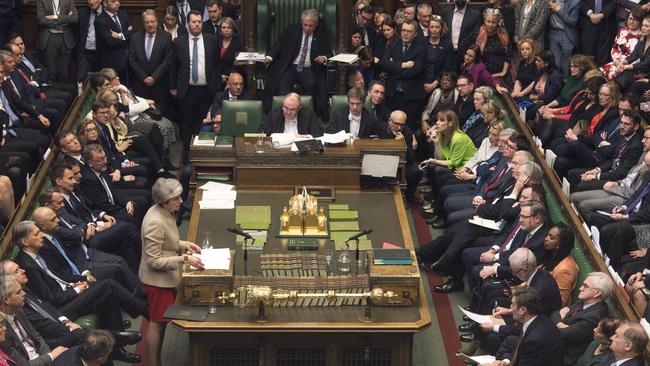
If the Conservative Party winds up fighting a snap Brexit election, Mrs May would almost certainly have to be the leader. Given the outcome of the last election, this is risky.
Then there is the focus problem.
The 2017 general election was meant to be a Brexit election. But elections are inherently general and she was blown off course by having to defend the party’s record across the full suite of issues under attack from an energised Labour leader Jeremy Corbyn. What is to say the same couldn’t happen again?
A SECOND REFERENDUM
The Prime Minister has repeatedly rejected the option of putting her deal to a second referendum. But faced with the prospect of an election or a second referendum to resolve the deadlock the former might be more attractive. An election would not necessarily deliver the decisive change to the make up of the Commons that would to allow Mrs May’s deal to pass. A second referendum would, one way or the other, be decisive if divisive.
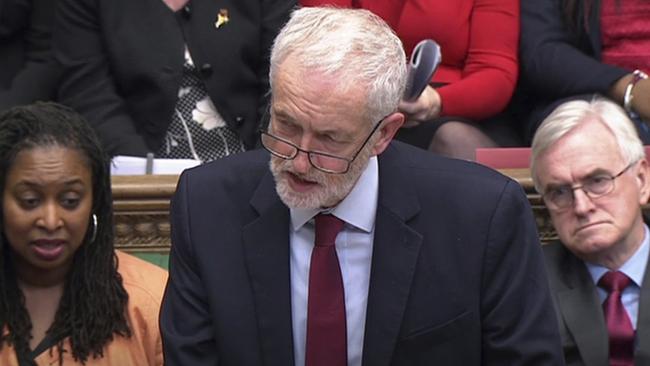
Some on the Tory side are more alarmed by the prospect of Mr Corbyn in No 10 than they are about the prospect of continued EU membership.
On the plus side, given the state of the polls Leavers and Remainers might fancy their chances with both options on the ballot paper.
A referendum could come about if, by the end of next week, there is still no consensus on the way ahead. The Prime Minister could reluctantly throw her weight behind the proposal and ask the EU to give the UK an extension to hold a second poll. Alternatively it could be forced on Mrs May through the indicative vote process. It is still a long shot, but slowly getting closer.
PROROGUE PARLIAMENT
One of the problems Mrs May has is a ruling by John Bercow, the house speaker, that she cannot bring back the same version of her meaningful vote more than once in a session of parliament.
One option in her power would be to “prorogue” parliament and bring the current session to an end. A new session could then be commenced a few days later.
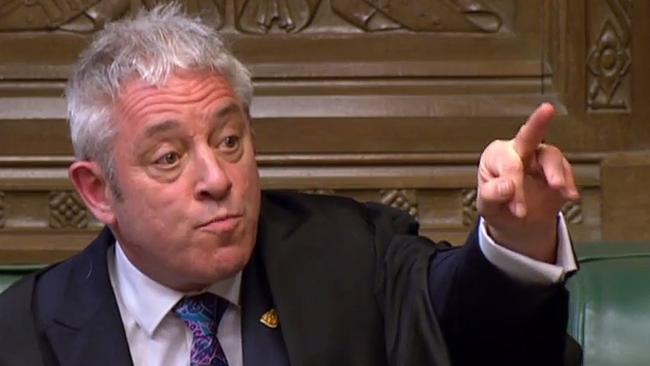
The problem with this option is that time is of the essence and the next deadline is an EU summit called for a week on Wednesday. Most people would look dimly on parliament upping sticks at a time of national crisis, for whatever procedural reason.
NO DEAL
At last Thursday’s summit, EU leaders spent a long time arguing over whether to send an ultimatum to the UK: back the deal on the table or leave without a deal.
In the end, a clear consensus emerged that the EU should not be seen to push Britain off the cliff. If that is what the UK decided to do on its own, then fine, but the EU would not precipitate it.
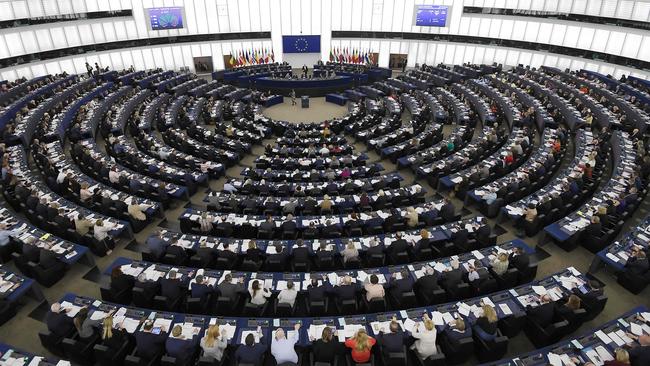
The likelihood is that if the UK asks for a longer extension it will be granted at another summit a week on Wednesday, albeit with an obligation to hold European elections in May.
If that position holds, a no-deal in the short term at least looks increasingly unlikely. Parliament has ruled out no deal on several occasions and it is hard to see a majority for that option, even if it does mean a lengthy extension.
Oliver Wright is Times policy editor and Henry Zeffman is political correspondent.
The Times
Theresa May’s Brexit Withdrawal Agreement rejected
Theresa May and the art of no deal
Europe’s leaders feeling the effects of Brexit malaise



To join the conversation, please log in. Don't have an account? Register
Join the conversation, you are commenting as Logout